As an Amazon Associate, I earn from qualifying purchases
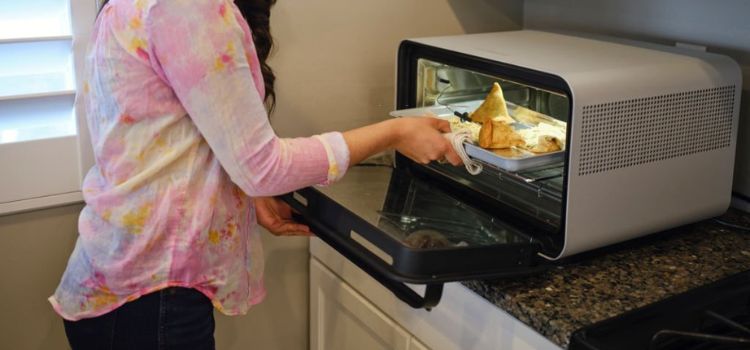
Concerns about potential toxicity in kitchen appliances are valid, and the question “Are toaster ovens toxic?” deserves careful consideration. As essential culinary tools, toaster ovens play a pivotal role in modern kitchens, but understanding their safety is crucial. In this article, we’ll delve into the factors surrounding the safety of toaster ovens, addressing concerns and dispelling myths. By examining the materials used in their construction, potential off-gassing, and recommended usage practices, we aim to provide you with a well-rounded perspective on the matter. Your health and well-being are paramount, and our insights will empower you to make informed decisions about the appliances you use in your kitchen. Explore the topic of toaster oven toxicity with us, and gain a clearer understanding of how to enjoy your cooking endeavors without compromising your health.
Toaster ovens have become a staple in modern kitchens due to their versatility and convenience. These compact appliances can handle a wide range of cooking tasks, from reheating leftovers to baking small batches of cookies. However, as with any kitchen appliance, concerns about their safety and potential toxicity have been raised. In this article, we’ll dive deep into the world of toaster ovens and explore whether they pose any health risks.
Understanding Toaster Ovens
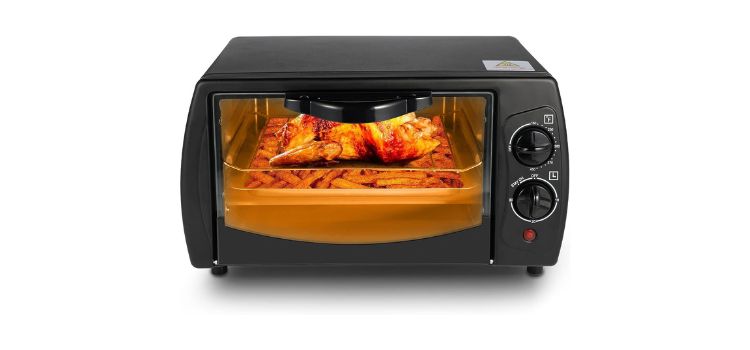
How Toaster Ovens Work
Toaster ovens operate by using both radiant heat and convection currents to cook food. This method allows for even cooking and browning, giving your dishes a delightful texture and flavor. Unlike microwave ovens, toaster ovens can crisp and brown the outer layer of food, making them a favorite among those who enjoy a slightly crunchy texture.
Materials Used in Toaster Ovens
Toaster ovens are typically constructed using a combination of materials such as stainless steel, aluminum, and heat-resistant plastics. The heating elements inside the oven are often made from nichrome wires or quartz tubes. These materials are chosen for their ability to withstand high temperatures and provide consistent heat distribution.
Potential Health Concerns
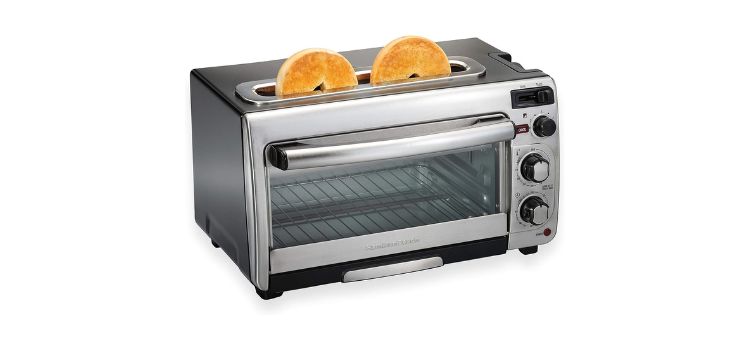
Off-gassing of Materials
One concern that arises with toaster ovens is the potential off-gassing of materials when they are heated. Some materials, especially certain plastics and adhesives, can release volatile organic compounds (VOCs) when exposed to heat. While this is a valid concern, manufacturers are well-aware of these risks and design their products to meet strict safety standards.
Non-Stick Coatings and PTFE
Non-stick coatings, commonly known as Teflon, have been a topic of discussion when it comes to toaster oven safety. The primary concern is the release of perfluorooctanoic acid (PFOA) and other harmful chemicals when these coatings are heated to high temperatures. However, most modern toaster ovens use PTFE coatings that are designed to be stable at cooking temperatures, minimizing the risk of chemical release.
Evaluating Toaster Oven Safety
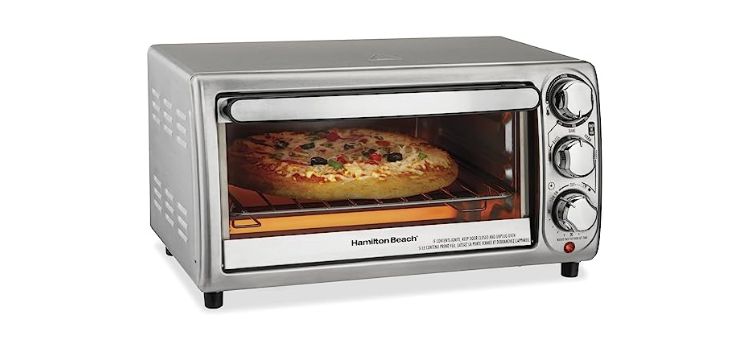
Regulatory Standards
To ensure consumer safety, toaster ovens are subject to various regulatory standards and testing procedures. Organizations such as the U.S. Food and Drug Administration (FDA) and the Consumer Product Safety Commission (CPSC) set guidelines for manufacturers to follow. These standards ensure that toaster ovens are designed and manufactured with user safety in mind.
Proper Usage and Maintenance
While toaster ovens themselves are designed to be safe, their safety also depends on proper usage and maintenance. Regularly cleaning the oven, avoiding overheating, and using appropriate cookware can all contribute to a safer cooking experience. It’s important to follow the manufacturer’s instructions and recommendations to minimize any potential risks.
Tips for Minimizing Risk
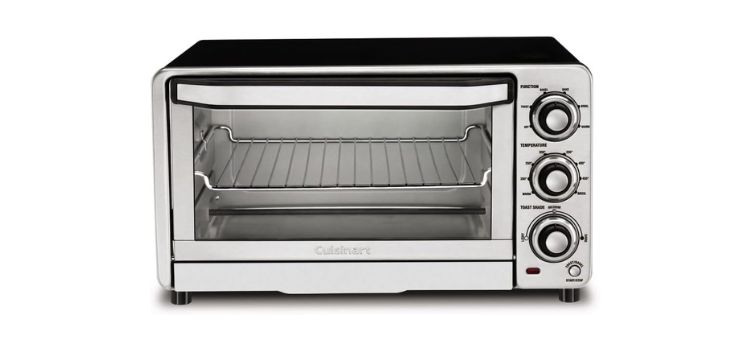
Preheating and Ventilation
Preheating your toaster oven before placing food inside can help eliminate any residual odors or traces of off-gassing. Additionally, ensuring proper ventilation by keeping the oven’s door slightly open can help prevent the accumulation of potentially harmful fumes.
Alternative Cookware Options
Choosing the right cookware can also play a role in minimizing risks. Opting for glass, ceramic, or stainless steel cookware can be a safer alternative to non-stick pans. These materials are less likely to release harmful chemicals when exposed to high temperatures.
Learn More About Best Toaster Oven for Sublimation Printing | Top Picks and Reviews
Comparing Toaster Ovens to Microwaves
Radiation Levels
One common misconception is that toaster ovens emit harmful radiation similar to microwaves. In reality, toaster ovens do not use ionizing radiation like microwaves or X-rays. They rely on conventional heating methods, making them safer in terms of radiation exposure.
Cooking Techniques
Toaster ovens and microwaves have distinct cooking techniques. While microwaves use electromagnetic waves to heat water molecules within food, toaster ovens use direct heat. This difference in cooking methods results in varying textures and flavors, catering to different culinary preferences.
Addressing Common Misconceptions
Internet Rumors and Myths
The internet is often rife with rumors and myths about the potential dangers of everyday appliances. It’s essential to critically evaluate information and rely on credible sources when assessing the safety of toaster ovens. Misinformation has the potential to create unwarranted fear and confusion.
Reliable Sources for Information
When seeking information about toaster oven safety, turn to reputable sources such as government agencies, scientific research, and established consumer advocacy groups. These sources provide accurate and well-researched information to help you make informed decisions.
Expert Opinions and Research Findings
Studies on Toxins Release
Several studies have been conducted to assess the potential release of toxins from toaster ovens. The consensus is that when used according to manufacturer guidelines, toaster ovens are safe for cooking. Proper ventilation and avoiding overheating further minimize any risks associated with off-gassing.
Expert Recommendations
Experts in the field of kitchen appliance safety recommend using toaster ovens as intended and following usage guidelines. They emphasize that the benefits of toaster ovens outweigh the minimal risks when used appropriately.
Conclusion
In conclusion, toaster ovens are not inherently toxic appliances. When used correctly and in accordance with manufacturer recommendations, they offer a convenient and efficient way to prepare a variety of dishes. By understanding the materials used, adhering to safety guidelines, and relying on reputable sources for information, you can enjoy the benefits of toaster ovens without unnecessary worry.
(FAQs) About Are Toaster Ovens Toxic?
Yes, toaster ovens are safer than microwaves in terms of radiation exposure, as they do not use ionizing radiation.
Toaster ovens can release harmful chemicals if used improperly or with damaged components. Following proper usage guidelines minimizes this risk.
Modern toaster ovens use PTFE coatings that are stable at cooking temperatures, reducing the risk of chemical release.
Preheating helps eliminate residual odors and traces of off-gassing, making it a good practice for safer cooking.
Look to government agencies, scientific research, and reputable consumer advocacy groups for accurate information on toaster oven safety.
Leave a Reply